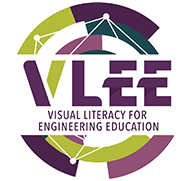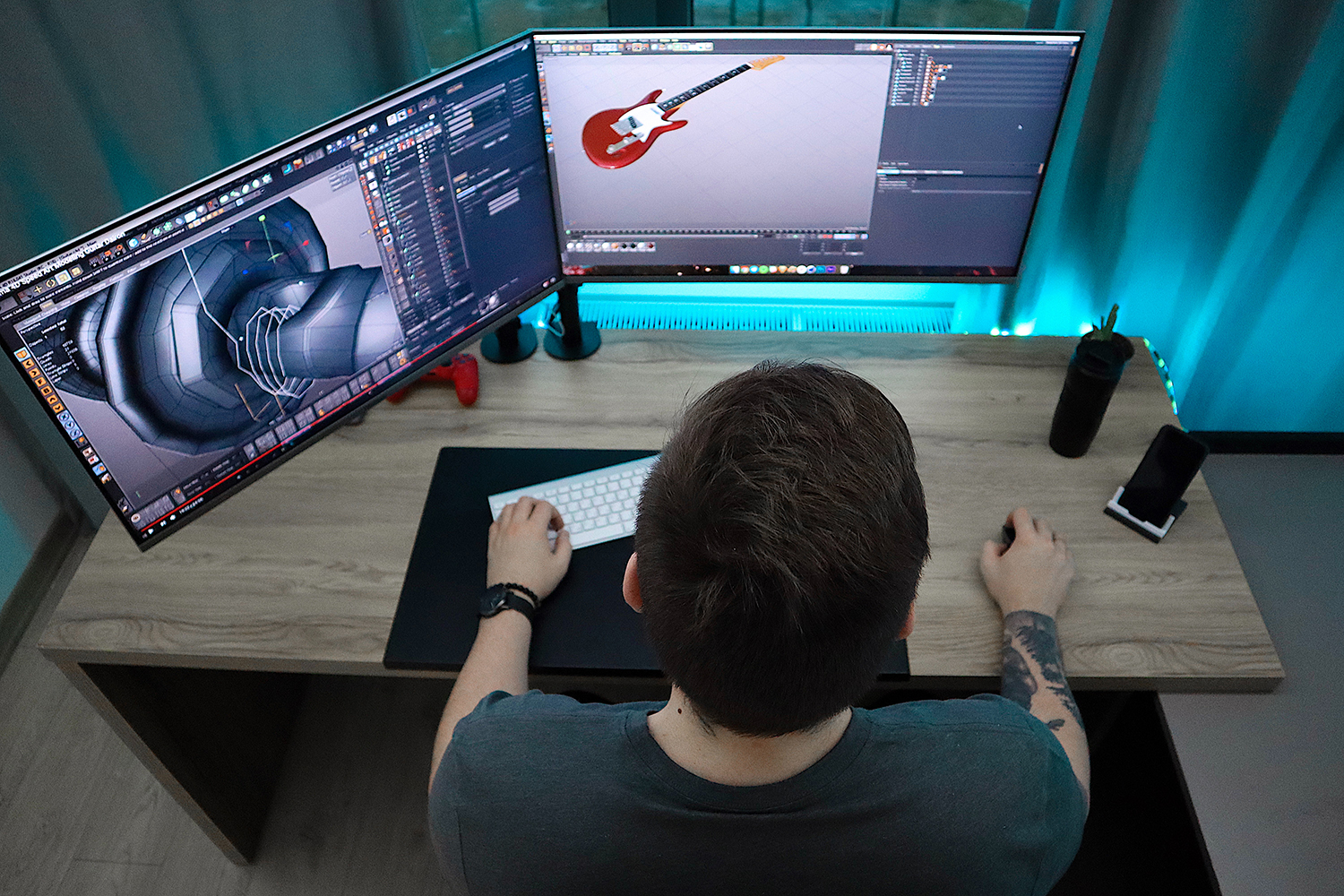The possibilities for developing VLE competences have grown exponentially thanks to the proliferation of digital technology, which has a clear influence on Visual Literacy. The advent of computer graphics, internet video channels, infographics and social media enhanced the range of visual expression and communication.
One of the major changes, as the result of the digital technologies, is the availability of new forms of communication. Infographics is a visual communication resource mostly common thanks to the web. Their combinations of illustrations, typography, data visualization, maps or schemes have a great power of encouragement and assistance. Animation is a dynamic tool for expressing concepts which in the case of engineering can be a powerful way to easily explain complex ideas. In addition, a new symbology language (emoticons) is used to complement textual messages in the web. These formats have a great amount of visual content and its role is, far from supporting textual information, to be a central communication content.
To date, the availability of Visual resources supported by tablets, and mobile devices in general reinforces strongly the possibilities of developing Visual Literacy competences.
In addition, new generations grew with the use of digital resources and are most habituated to work with visual materials rather than only texts. Digital based visual materials must play a central role in a today´s student’s training.
Engineering processes suffered a paradigm change by the implementation of computer systems. Apart of tools for 2D drafting and 3D modelling, engineers use computer systems for analysis via finite element modelling, as well as simulation of mechanisms created on computers. Most of the results of these analysis and studies are shown visually in three dimensional representations, which express physical behaviour for example using colour codes.
Nowadays, the master design information changed from the engineering drawings to 3D models. Ronald E. Barr showed in 2004 that in a concurrent engineering process all the design information is based on the 3D model sources. The way that engineers express and perceives depends highly on digital means.
Mixed reality (Virtual and Augmented Reality) offers new ways for visual communication. Virtual Reality enables the visualization of concepts in a more enhanced environment than graphic expression. It allows representing the interaction with products not yet made and allows an immersive impression. Augmented reality enhances the real world with elements created by computer graphics and leaves a clearer evaluation of a new design.

